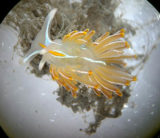The Council conducts scientific research on risks to the environment from tanker and terminal operations. Council research documents levels of pollution and biological effects and help us better understand new technologies and the costs or benefits associated with their use.
Science Night 2023 – Videos now available
Science Night 2023's theme was Systems and Methods: Connecting across the Exxon Valdez oil spill region ...
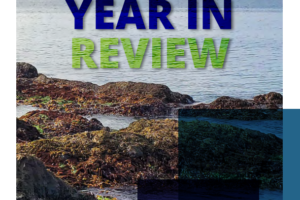
Annual Report now available
The Council's annual report, Year in Review 2022/2023, is now available. This report covers the many programs and projects we’ve ...
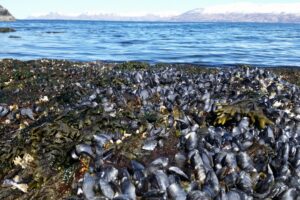
Analysis of genes increases understanding of oil’s effects
New techniques in the field of genetic analysis are improving our understanding of the effects of oil spills. Since 1993, ...
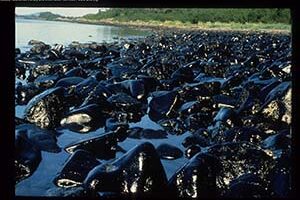
Alaska North Slope oil trending lighter since 2010
Crude oil is often referred to as a “fossil fuel” because it is made up of plants and animals that ...
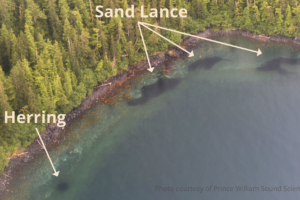
Researchers cautiously optimistic about increase in young herring
A new study hints that the herring population in Prince William Sound could be on the rise. In the early ...

Fishing for answers: Geneticist using DNA to decode Alaska salmon’s family ties
Volunteer Spotlight: Wei Cheng Wei Cheng says she is happy and fortunate to be able to use her expertise in ...
